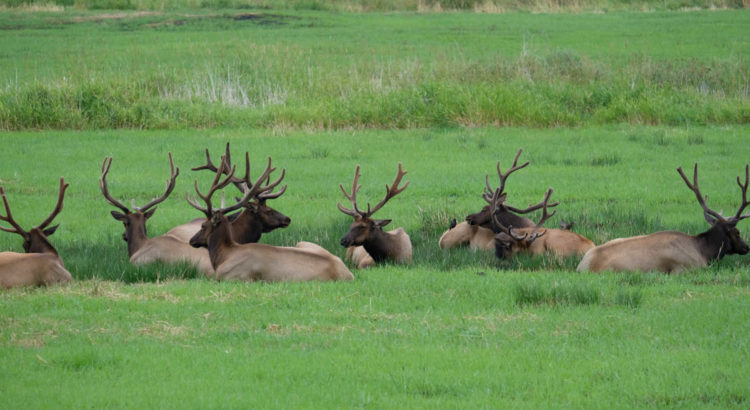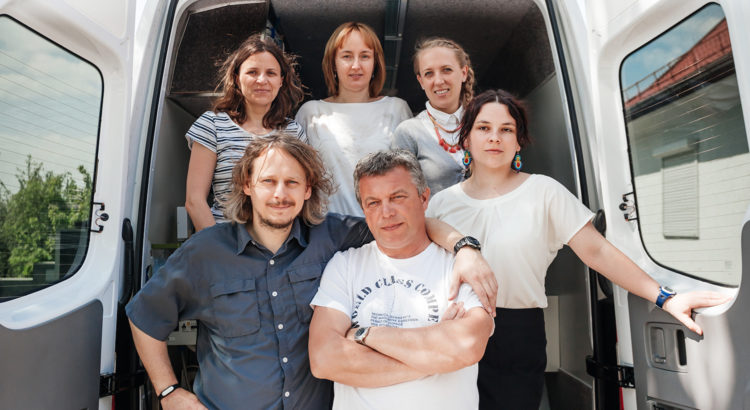Job Title – Post-doctoral Bioinformatician
Employer – Institute of Animal Reproduction and Food Research, Olsztyn, Poland
Job Description – The Lab of Dr Antonio Galvao is recruiting an experienced computational biologist to integrate the research programme on ovarian function in mouse models for maternal obesity. The escalating epidemic of overweight and obesity is a major burden for our health systems. Obesity leads to long-term health problems, such as diabetes, cardiovascular disease or infertility. In the lab we use mouse models and/or in vitro systems of ovarian/follicular culture to study the impact of maternal obesity in ovarian function and oocyte biology. The project investigates particularly the impact of altered leptin signalling in the ovary, a major feature of obese mothers, on the establishment of oocyte epigenome and metabolic regulations in both gamete and surrounding granulosa cells throughout folliculogenesis. The present research programme benefits from the close collaboration with the Laboratory of Dr Gavin Kelsey, Babraham Institute, Cambridge, UK, a world leader in single cell transcriptome and methylome analysis. The appointed scientist will be responsible for undertaking the analysis of methylome, transcriptome and lipidome datasets generated within the programme.
The work will be dry-lab based mainly, data analysis and reporting.
This work will lead to important advances in our understanding of the impact of altered leptin signalling in oocyte epigenome establishment, profiling also metabolic and gene expression changes in granulosa cells and other underlying mechanisms.
Key areas of responsibility:
- Quality control of NGS datasets,
- Providing high-level support in bioinformatic analysis of genome-wide epigenomic datasets,
- Integration and analysis of RNA-seq, BS-seq and other relevant datasets,
- Application of bioinformatics methods to single-cell datasets,
- Preparation of manuscripts, including sequence dataset submission to public repositories.
Person specification: Essential
- Ph.D. in Bioinformatics or Computational biology, or Ph.D. in a Molecular biology or related discipline with a strong Bioinformatics component,
- Working knowledge of epigenomic and transcriptomic analyses,
- Programming in some of the main languages used in Bioinformatics (in particular R, Python, Java),
- Working understanding of statistics and statistical programming environments,
- Able to understand and communicate in English to a level appropriate for the position,
- Ability to work independently and as part of a team,
- Excellent organisational skills, with good time management,
- Excellent interpersonal skills with the ability to communicate with staff at all levels,
- Proactive, motivated, showing initiative to move projects forward,
- Ability to make independent decisions and solve routine problems.
The post is initially available for 36 months, with the salary range of 85 000 – 98 000 PLN / year (before taxes/brutto), based on experience. Applications should be send to the address: a.galvao@pan.olsztyn.pl and will be accepted until 10th of June 2022. Interviews will be held soon after. We contact selected candidates who meet the requirements listed in the job offer.
Documents to present with the application:
- Cover letter highlighting the suitability of the candidate to the post (max 2 pages),
- CV (max 6 pages),
- One contact reference (one of letters must be from the last supervisor/line manager).
For informal questions about the post please contact Dr Galvao (a.galvao@pan.olsztyn.pl).
For more information, please consult: www.pan.olsztyn.pl.




